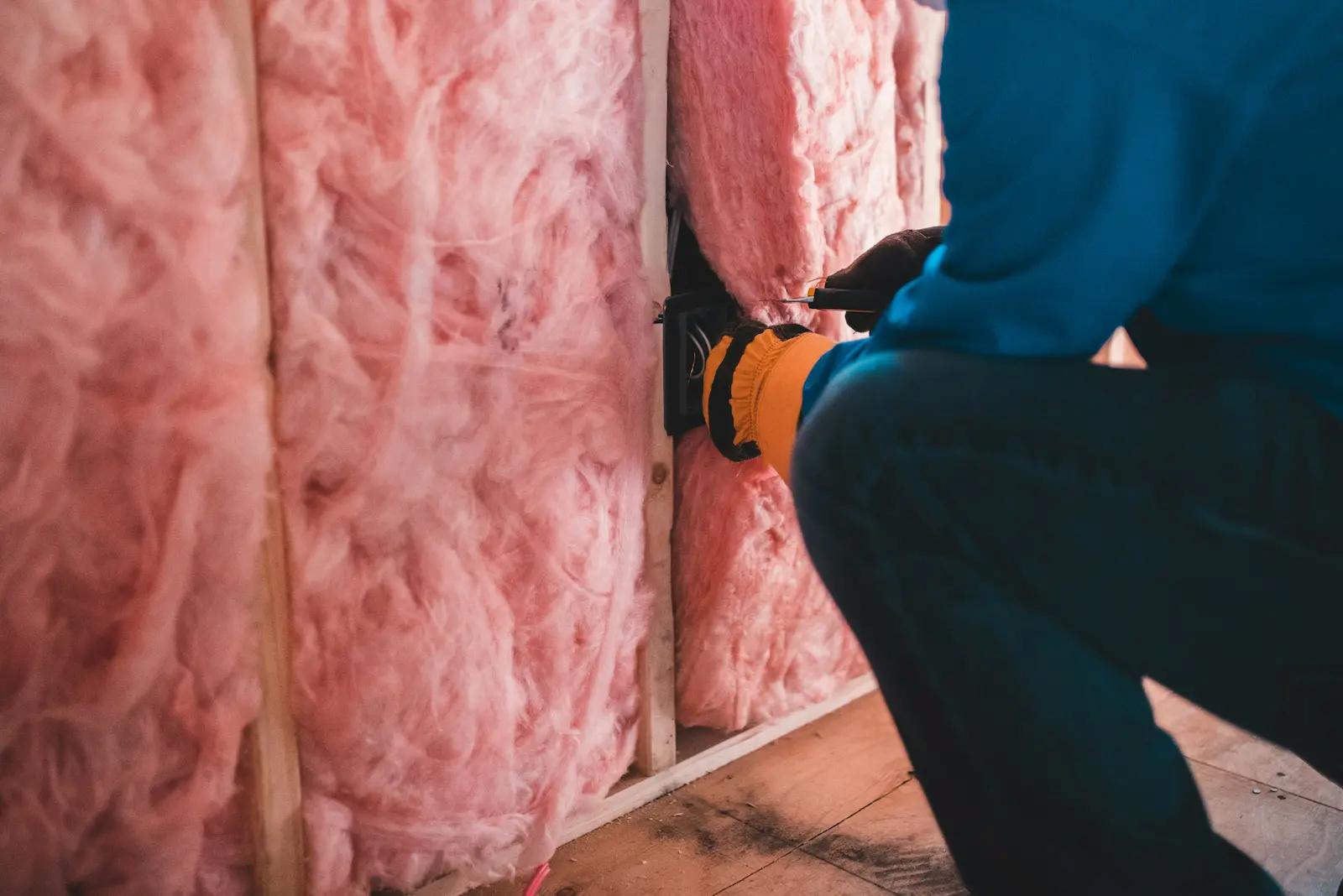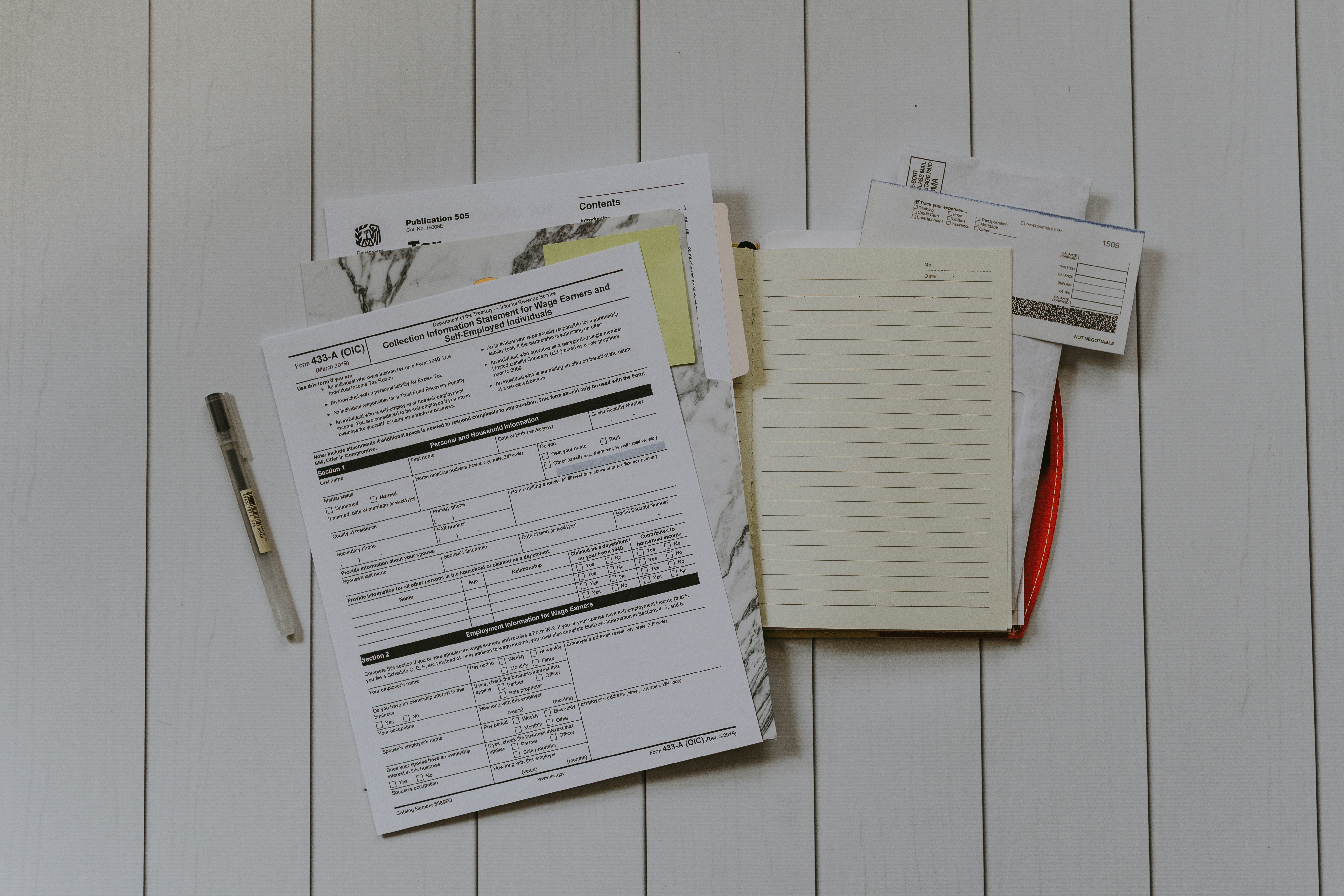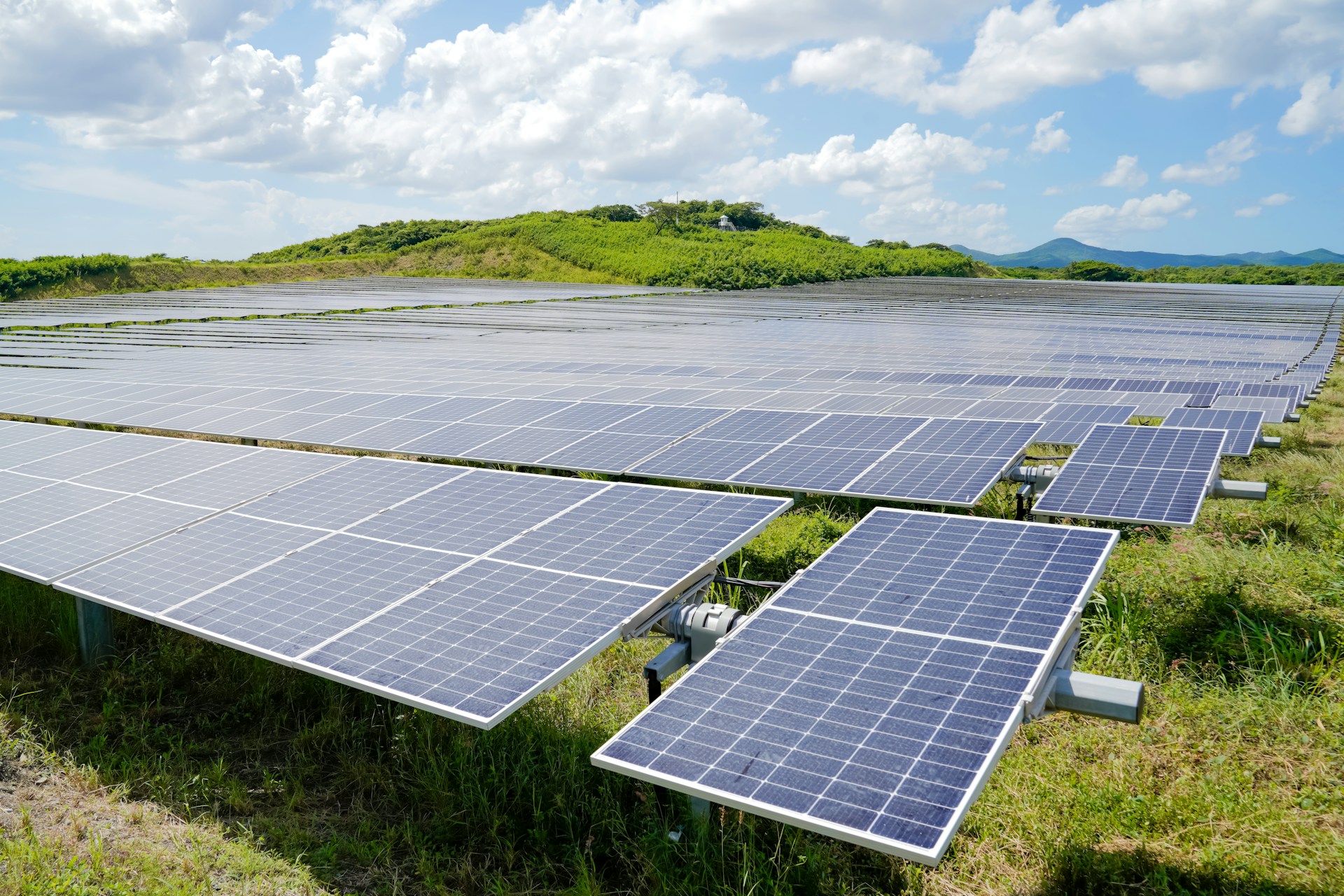Teleworking this summer? Here’s 15 quick tips to save energy (and your wallet)
Let's Save Energy
Alliance to Save Energy's Blog

Among the many challenges of working from home, an increase in personal energy use might not be first on your mind. However, as summer arrives and millions of Americans continue to telework, your utility bills could be hit by a double whammy: at least one in five households have already experienced rising energy costs as people spend more time at home, and summer brings the highest electricity demand of the year as air conditioners flip on.
Fortunately, it doesn’t take much to offset these costs by tapping into the nation’s largest energy resource: efficiency. The U.S. Department of Energy estimates that a typical American family can lower their utility bill by up to 25% through efficiency-conscious upgrades and behavior changes. Below are 15 simple ideas to make your teleworking experience more wallet-friendly, productive, and sustainable.
Beat the heat
By far the largest expense on a typical household’s energy bill is heating and cooling, comprising about 42% of annual costs. If you’re used to taking advantage of your workplace’s AC, you might find stay-at-home orders switching your habits from enjoying the occasional blast of cool air to suddenly running your unit seven days a week. But a few simple adjustments can result in real savings:
- Tweak your settings. Minimizing the difference between the outdoor and indoor temperature of your home will help to minimize your energy bill. Some of the easiest adjustments to make might be at night: By turning your thermostat up for eight hours a day (such as while sleeping) 7°-10°F from your go-to setting, you can save as much as 10% a year on HVAC costs.
- Avoid cranking up the cold. A common misconception is that turning your thermostat way down when you first turn it on will cool your space faster—in reality, you’re only going to lower the temperature more than needed, resulting in unnecessary costs.
- Take a peek at your AC’s filter. You might not look at your AC unit much as long as it keeps the cool air coming, but by simply replacing a clogged filter, you can reduce your unit’s energy consumption by 5-15%.
- Keep the shades drawn. Closing blinds or curtains in areas of your home where you’re not working will block the sun’s heat—everyday draperies can reduce heat gains by about 33%, or you can invest in reflective blinds for even more energy savings.
- Supplement or substitute with a fan. Turning on a ceiling fan will let you raise your thermostat temperature by 4°F without noticing any difference in comfort. You can also consider a floor fan for your workspace—you might be surprised you don’t need the AC as often and a portable fan uses about a sixth of the amount of energy as AC.
Lighten up your space
One advantage of teleworking is the ability to customize your space however you like—no more bickering over who gets stuck with the cubicle at the back of the office! An important consideration for all work-from-home spaces is lighting. Studies have shown that bad lighting is associated with eye strain, headaches, fatigue, and increased anxiety, while natural light or lighting that mimics natural tones can increase productivity. Here are some ways to create a well-lit space while keeping energy usage down:
- Invest in ENERGY STAR-certified lightbulbs. Energy-efficient lightbulbs can use up to 80% less energy than traditional incandescent bulbs, leading to savings of around $75 a year.
- Turn off lights in empty rooms—or even in your workspace. Research has shown that just 13-15 minutes of exposure to natural light can trigger the release of endorphins. If possible, try setting up your workspace by a window to max out both your productivity and energy savings: Turning off five 60-Watt incandescent bulbs in your home for eight hours each day can save more than $100 per year.
- Think about “task lighting.” Task lighting is concentrated in a specific area, so you can keep your workspace bright without using energy to illuminate the entire room. A simple solution is a desk lamp, or for a longer-term fix, think about placing pendant lighting over your workspace.
Make efficient use of electronics
While we already lived in a digitalized world, for many of us COVID-19 shifted whole lives online. Board meetings, presentations, and happy hours have collided into the world of Zoom, and while that could save you hundreds of dollars in transportation costs, the extra time plugged in will still contribute to your energy footprint. A few behavior changes or smart investments, however, can easily offset any increase:
- Keep your electronics’ “vampire” side in check. A vampire load is the power used by plugged in electronics (including computers, cellphones, TVs, and coffee makers) even when they are turned off, which can add up to $200 in yearly energy costs for the average home. Unplug your devices when they’re not in use or charging, or purchase an advanced power strip, which will automatically turn off the power supply to devices not in use.
- Switch your computer into low-power mode. You’ll not only save energy, but it will help your device last longer and may even prevent eye fatigue from staring at screens at day.
- Investigate your computer’s energy rating. Laptops use significantly less energy than desktop computers, and if you’re considering a home office upgrade, keep in mind that ENERGY STAR computers use up to 65% less energy.
- Use your printer wisely. Modern technology makes is easy to read reports and sign documents online, minimizing the need for an advanced home printer or copier. Ink jet printers use less energy than laser models, additionally, make sure your printer is going into sleep mode when not in use. If you rarely use your printer, consider unplugging all together until you need it.
Remember: It’s still summer
It may be difficult to remember which month it is (remind me, has it been three months or three years since this all began?), but it’s important to find some differentiation between home and work and enjoy the season as much as possible. Once your laptop’s closed and phone is silenced, here are a few ways to efficiently relax:
- Be an efficient chef. Before you fire up that grill, wait until after your food’s ready to go so you’re not still chopping while it’s burning fuel. Outdoor grilling on a hot day will also take the heat out of your kitchen, reducing the need for AC.
- Be good to your garden. Water and energy efficiency are closely connected, so conscious watering decisions help conserve two resources. Reduce waste by watering in cooler parts of the day to minimize evaporation, and make sure you concentrate water near the base of plants rather than misting your whole backyard.
- Prep before road trips. With COVID-19 changing travel plans, this might be a summer for road trips rather than that Bahama cruise. Simple tricks like keeping tires properly inflated, avoiding speeding, and using cruise control will save you money at the pump—for more ideas, check out our blog on maximizing fuel efficiency.
This may not be the summer that anyone anticipated, but from our teleworking team to yours, we hope you make the most of it and pick up a few energy saving tips along the way.
RECENT BLOG POSTS
STAY EMPOWERED
Help the Alliance advocate for policies to use energy more efficiently – supporting job creation, reduced emissions, and lower costs. Contact your member of Congress.
Energy efficiency is smart, nonpartisan, and practical. So are we. Our strength comes from an unparalleled group of Alliance Associates working collaboratively under the Alliance umbrella to pave the way for energy efficiency gains.
The power of efficiency is in your hands. Supporting the Alliance means supporting a vision for using energy more productively to achieve economic growth, a cleaner environment, and greater energy security, affordability, and reliability.



